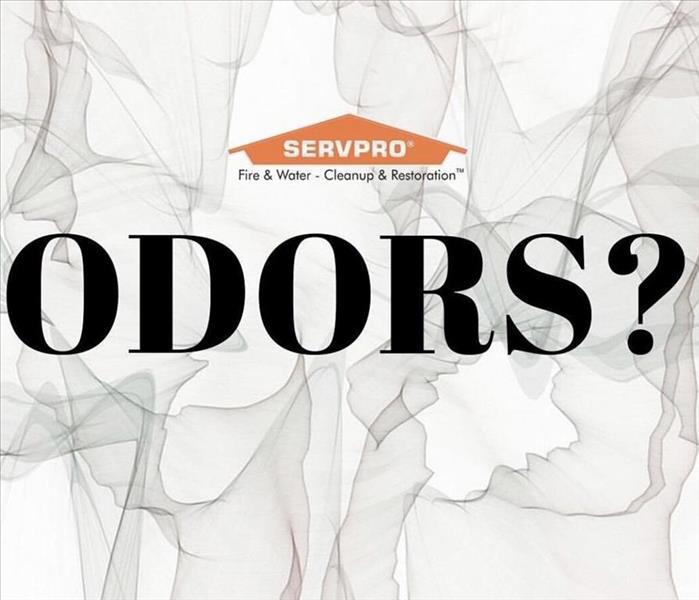Methods and Types of Deodorization
10/18/2019 (Permalink)
After a fire your home will likely have an intense odor. How do we combat that odor you ask? Well, our method varies from project to project. In different situations, we find different methods more effective. For best results on heavy smoke odors, a combination of techniques should be used. Continue reading to learn about the different methods and types of deodorization.
The process to follow to deodorize most situations is:
- Remove the source
The very first thing we need to do to begin fire remediation is to remove the source. If you had a stove fire for example, we need to move the stove out of the property. We can store the source if needed, our crew will also take pictures and documentation to assist with your claim process.
- Clean the residues
After a fire, smoke and soot particles and odors are going to be abundant and will contribute to the malodor. A thorough cleaning of all surfaces will be necessary. Our technicians are equipped with the training and products to clean all your items with the unique method and product best suited to clean the material.
- Neutralize the odor
After a fire, odors are going to be intense and will need some method of odor neutralization. Most deodorizers we use for fire remediation are a combination of masking and pairing agents. Masking agents are designed to overwhelm a malodor. Pairing agents are designed to bond with odor particles and create odorless particles. Absorption agents are designed to absorb the odor particle. Air scrubbers in conjunction with HEPA filters, are designed to filter odor particles from the air.
We may also do some form of fogging. Fogging is another method used to neutralize malodors. There are 3 different types of fogging. Ozone, thermal fogging, and ULV fogging. Ozone is an oxidizing agent and breaks down or oxidizes natural rubber and elastic. Thermal fogging uses heat to produce a dry deodorant fog called a thermal fogger. ULV fogging uses an electronically powered device that usually has a nozzle attached to a flexible hose and is used to apply solutions down to a microscopic level.
- Seal the surface
Sealing is used to seal odor molecules which prevents them from going air is used to seal in odor molecules to prevent them from becoming airborne. A sealant is used on walls and ducts.
If you’ve experienced a fire or need to combat malodors, we are just a phone call away. Call us for your deodorization needs today at 860-627-0763!






 24/7 Emergency Service
24/7 Emergency Service
